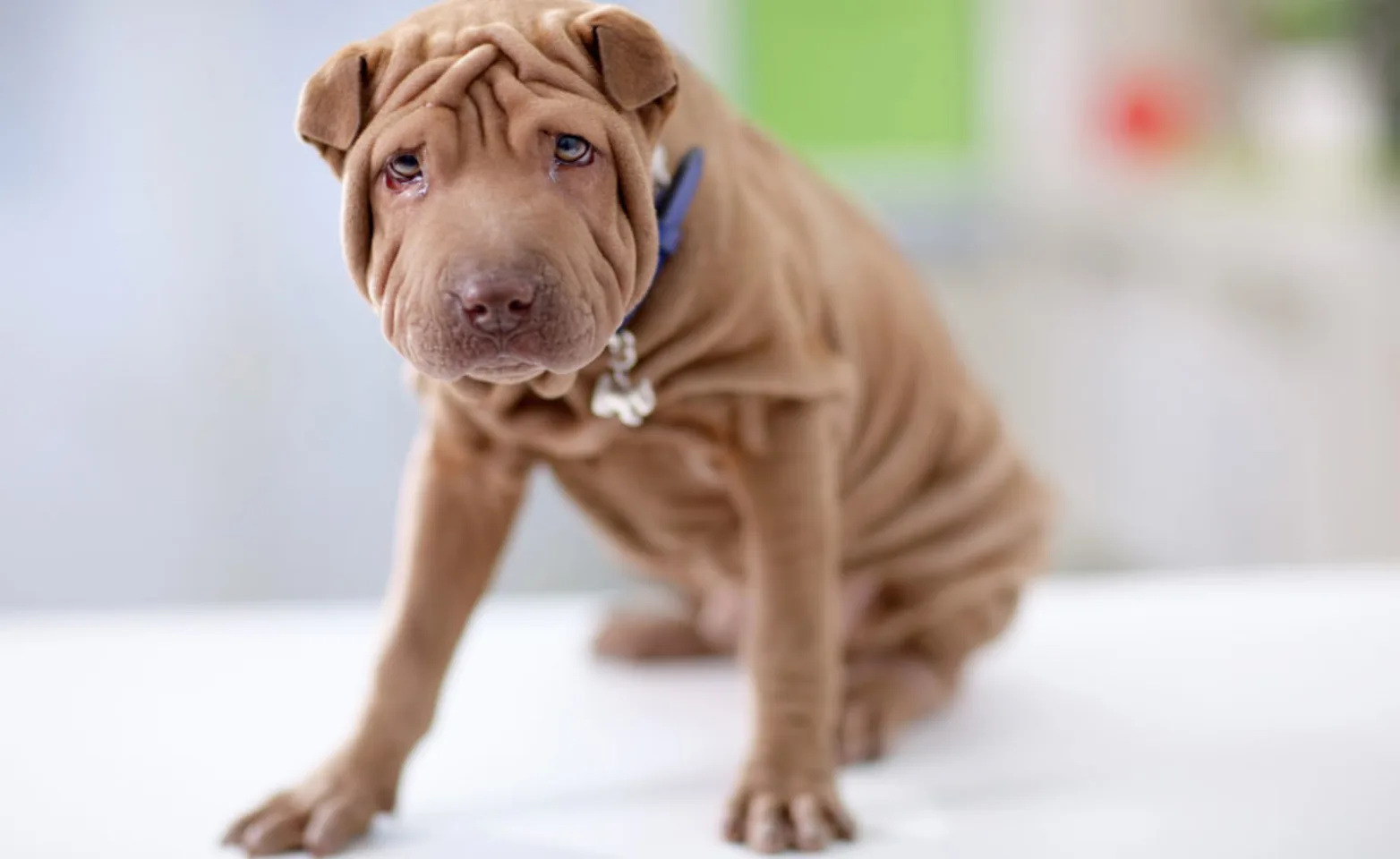Nashville Veterinary Specialists
Skin Fold Flaps For Closure Of Large And Complex Skin Defects
The use of axillary and inguinal skin fold flaps to close large tissue defects was initially described in 1995. Skin folds are present in the axilla caudal to the forelimbs and in the inguinal regions cranial to the pelvic limbs. The skin folds have four attachments to the body: medial and lateral attachments to the limbs and dorsal and ventral attachments to the abdomen or thorax. These flaps can be rotated away from the point of origination by transecting any three of the four attachment points.

Skinfold flaps receive their blood supply from the subdermal plexus and are not considered axial pattern flaps. It is therefore unnecessary to protect any particular vessel during dissection while undermining the donor tissues. They are extremely versatile flaps and can be rotated to close large defects associated with an elbow, stifle, sternum, lateral thoracic wall, abdominal midline, lateral lumbar region, hip, and perineum.
In my experience, the blood supply is extremely robust as long as the dissection plane during undermining of the flaps is at the level of the deep subcutaneous tissues. Because the skin fold is unfolded following rotation (i.e. doubling its width) very large defects can often be closed with minimal tension. It is important to evaluate the overall body confirmation and body condition score of each patient when using any type of skin flap. Skinfold flaps are often of limited use in obese animals and can be rotated to more distant locations in certain body types (i.e. chondrodystrophic breeds).
